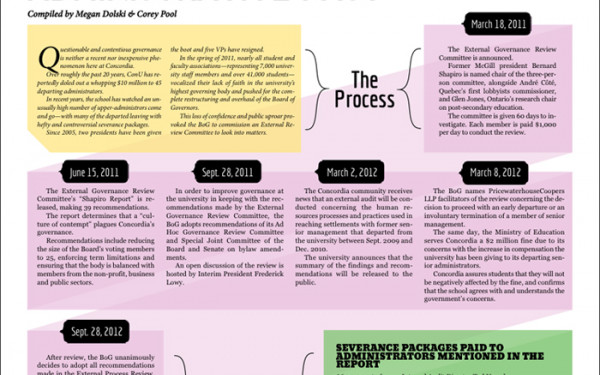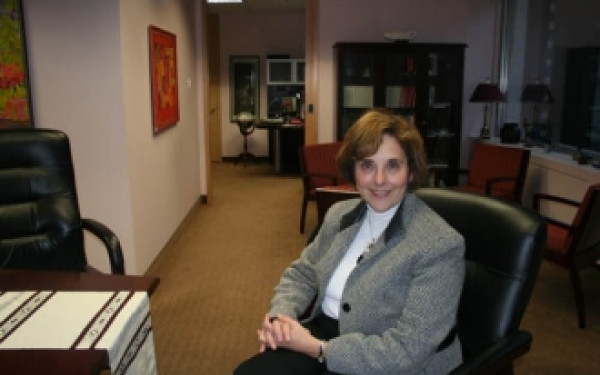Welcome To This Virtual Reality
All I had to do to be launched into another world, was put on a pair of headphones, a headset and let go.
The first weekend of October, the Phi Centre hosted a Forum on Current Practices in Digital Creation, which featured a virtual reality exhibition curated by San Francisco’s travelling exhibition Kaleidoscope. A crowd of curious people, some tech-savvy and some less so, lined-up at each headset to view a short film, documentary, animation or experimental piece lasting anywhere from two to 20 minutes.
Constructing a virtual reality is based on three parts—a spherical camera to shoot, a phone to play the movie and virtual reality headsets to translate everything in 360˚.
“It’s an experiential medium. You feel your way inside of it, it’s a machine but inside of it, it feels like real life, like the truth,” said Chris Milk, an interactive storyteller, in a TED Talk on the subject this year.
The Experience
The usher sat me down me in a spinning chair, crucial to the total-body experience. I put on the headset and adjusted the straps, volume and focus. I moved my head, directing the cursor and pressed play with the trackpad on the side of the headset.
And then, the experience began.
As things unravelled, my first instinct was to keep my head straight and look ahead. Then I noticed movement on the side and turned my head to look at it. Suddenly, I understood that, much like in a video game, I was part of this world. Looking down, I saw the ground that I was standing on. Then, looking left, right and upward, I realized I was taking up space in a virtual realm.
I watched a total of five films: two animations, one documentary, one “live hit” and one short film.
The documentary was the most striking, a piece titled Welcome to Aleppo by Christian Stephen. I was transported to Syria’s largest city destroyed by bombings, where I could look up to grey skies, down ravaged streets, left and right to the crumbling apartment walls and behind me to see this scene repeated again and again. A narrator told the city’s tragic tale as I stalked its telling streets.
Put It On Repeat
Seeing a film once does not do justice to the experience. Watching it twice doesn’t either. The beauty of VR is that it captures more information than you can process at once. While watching a scene unfold in front of your eyes, you know there are others happening on either side of you, different parts of the same story.
I talked with artist Duncan Ransom, virtual and augmented reality specialist, showing two films at the exhibition: Till Death Do Us Start and Flash of Colour.
“Our main goal is to use VR as a form of therapy for the aged care industry, people that can’t get up out of their seat,” said Ransom. “It is a way for people to experience something that they will otherwise never experience, like going down the Amazon River.”
This new art form is growing fast, developing a new language that’s disseminating quickly.
“It’s unveiling a whole new form of storytelling, and that’s exciting,” Ransom said.

TheCube_820_373_90_820_373_90.jpg)
_600_832_s.png)




1_600_375_90_s_c1.jpg)